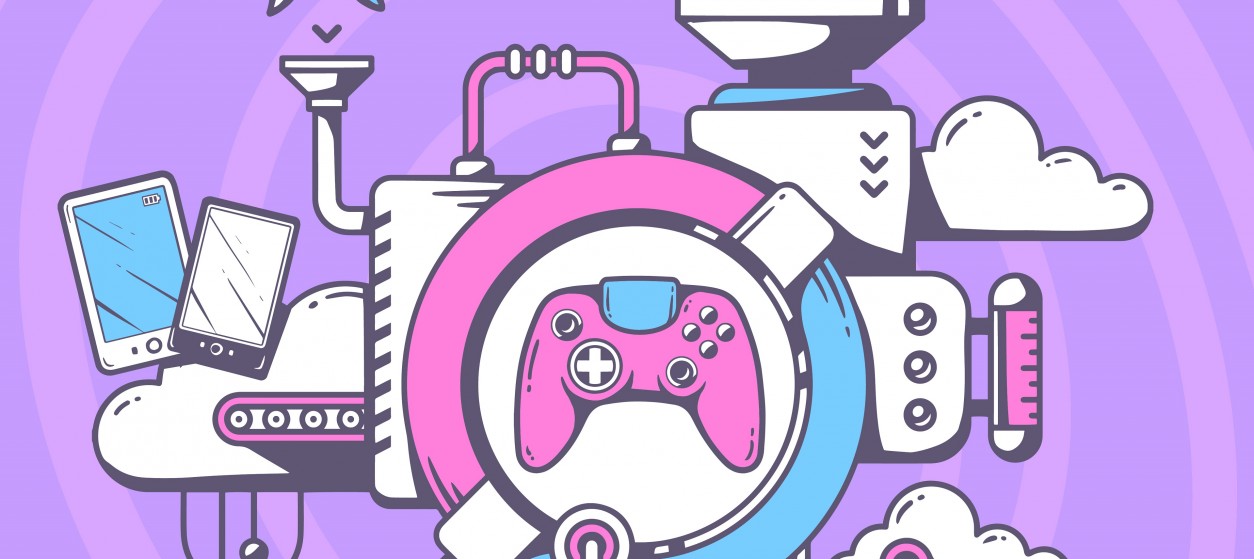The gamification initiative that you are thinking of launching to boost productivity and increase engagement will likely fail.
To be more specific, 80% of gamification initiatives will fail to meet their business objectives according to Gartner.
A number of companies jump enthusiastically on the gamification bandwagon only to find that nothing is hunky dory. Things go awry, money and resources are invested without any results to show for and the entire experience puts the organization off gamification forever.
But is it really gamification that’s to blame?
Gamification has demonstrated upsides. It is great for:
- Improving collaboration through the organization.
- Enhancing engagement with customers.
- Boosting employee morale and productivity.
Gamification fails not because of the nature of the business- game thinking can be applied to any type of organization: profit or non-profit, startup or enterprise. It fails because of how it’s approached and how it’s designed.
There are a number of reasons why gamification can fail. Some of them are:
- No tie-ins with strategy and business goals
If you want gamification to succeed it has to support your business goals. While on the surface gamification may look like it’s all about contests and leader boards successful implementations have always been about quantifiable business goals like increase in sales or effective customer service.
Unless gamification initiatives contribute to such aspects they will not be sustainable and will end up losing the company money and diffusing employee focus.
- Poor participation
Successful games are designed so that participation is interesting and satisfying in itself. In most contests there is always a tiny cohort that completes the game and wins the prizes, with the vast majority losing interest and dropping out before the contest is even halfway through. Such games focus on the reward and not on the process.
This disengagement is a problem because it makes no sense to engage and motivate the top performers. Gamification will only survive if the majority is enthusiastic about participation.
- Faulty design
Most of the problems with gamification can be laid at the door of faulty design.
Successful games walk a thin line between not being so difficult that the user loses interest and not being so easy that there is no challenge in the tasks. The game designers know what motivates the players and they incorporate elements of surprise and delight throughout the gameplay so that users are engaged and motivated to continue with the activity.
Most successful gamification programs also have linkages to elements that matter to players like performance reviews or employee recognition programs.
- Mismatch with organizational culture
Gamification will fail unless the corporate culture is right.
Gamification usually works in organizations that are not hostile to social networking, and have a culture of collaboration. A gamification program, no matter how brilliantly designed will fail if the underlying systems and processes are not overhauled, and there is a culture of meritocracy instead of rewarding seniority or experience.
It goes without saying that top management has to be on board for gamification to succeed.
- Weak technical support
Gamification will also fail in the absence of a strong partner who can handle the infrastructure, design the gameplay and provide the support systems.
Most successful programs have a strong analytics backend and depending on the design pull in sales, marketing and financial data to ensure that the players actually improve their performance and are valued for their efforts as they advance through the program. Games that are all about earning badges or trophies fail because these rewards are simply bribes that work only in the short-term.
Building a game like this is beyond the capabilities of most organizations. If you want your gamification initiative to be successful hire a collaborator who has experience building programs for organizations no different from you.
Creating real life wins
Gamification succeeds when it turns mundane work and makes it exciting. It’s trivial to commission someone to build an app that gives employees points as they file invoices or update a set number of entries in the CRM system.
It’s harder to build a game that makes a regular work day less dull.
The 20% of programs that do succeed take the employees into the “zone” where they can immerse themselves in work and not fret and fidget with one eye on the clock.
What has been your experience with gamification?










